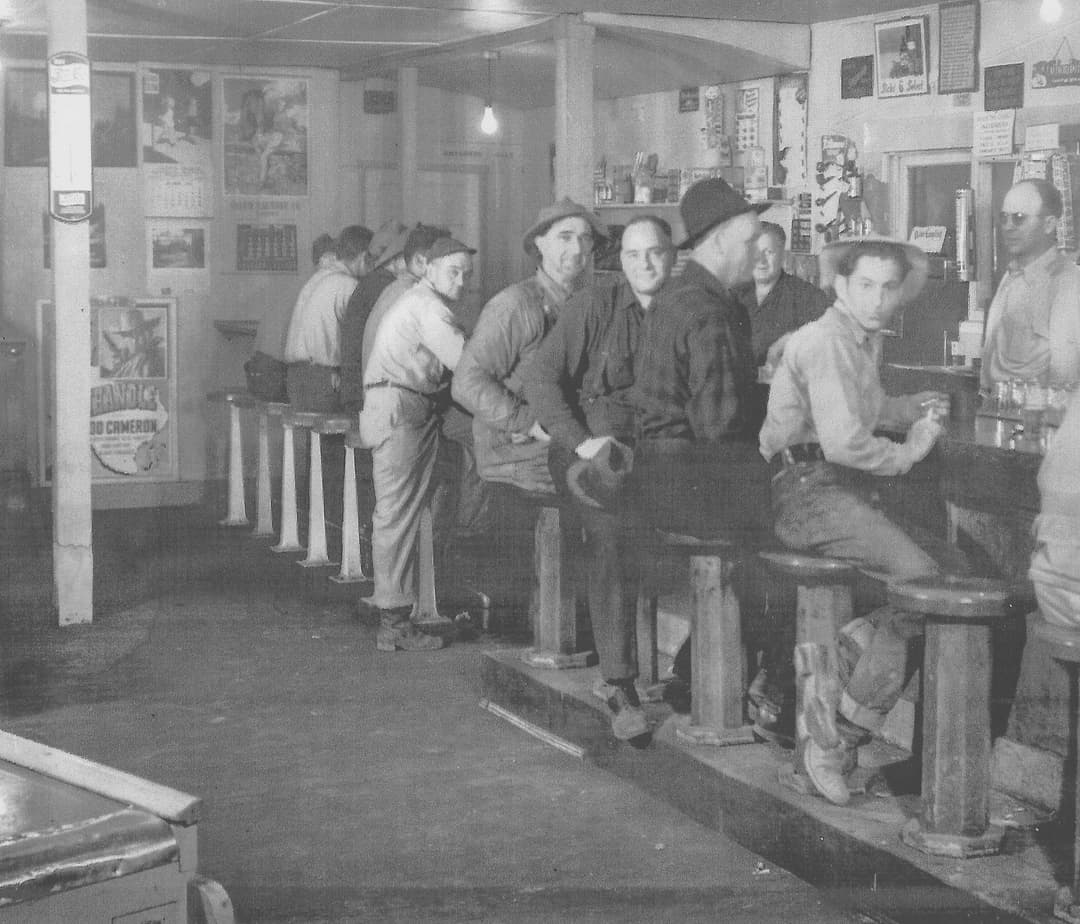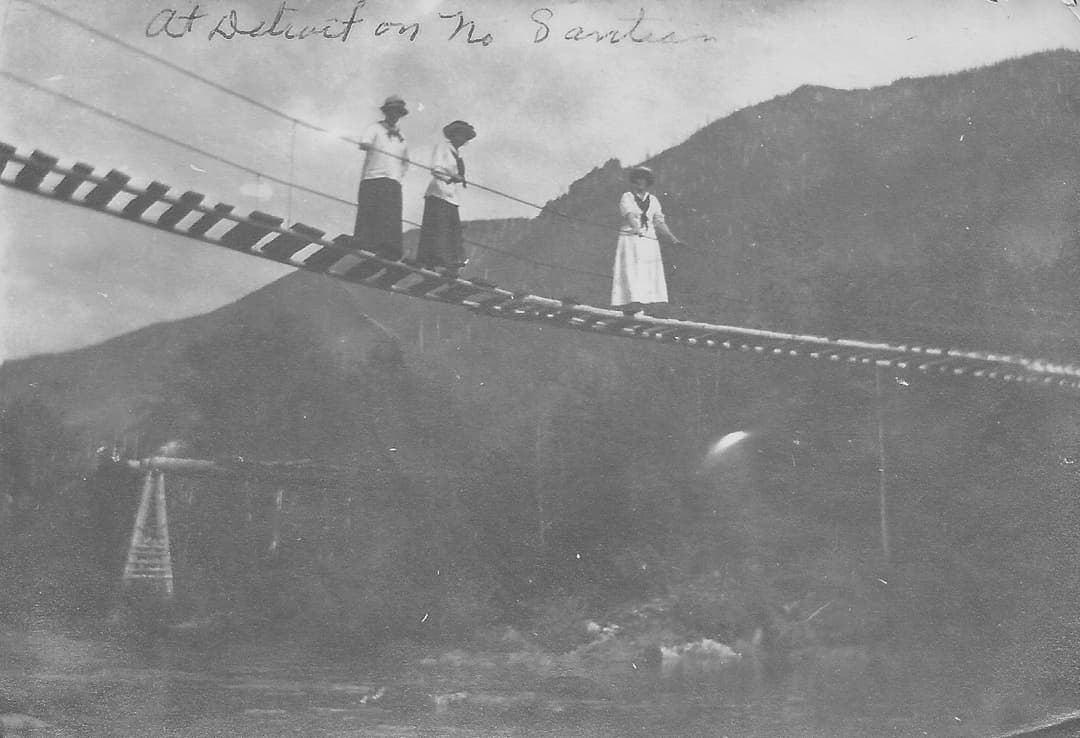About the Atlas
The Atlas of Drowned Towns is a public history project that explores the histories of the communities that were displaced or disappeared to make way for the reservoirs for what are called “river development projects” -- aka large dams. The Atlas project begins with a focus on the American West, where federal, state, and private entities have built massive hydroelectric, irrigation, and flood control dams that tower over rivers big and small, from the Snake and Sacramento to the Columbia and Colorado. Beneath the shadows and underneath the reservoirs of these dams lie the remnants of homelands, towns, villages, and other homes that were displaced or eliminated to make way for twentieth-century ideas of progress. For the broader public as well as policy makers, these disappeared places have passed out of memory and into myth. Recovering the submerged pasts of lost communities will reveal the historical significance of marginalized places in the American West, encourage appreciation of the complexity of such places, and provide lessons for the future of river development and community displacement.
From its current focus on the tributaries of the Willamette River in Oregon, USA, the Atlas of Drowned Towns will expand to other western American watersheds and then to lost communities elsewhere in North America and beyond.

Our Core Values






